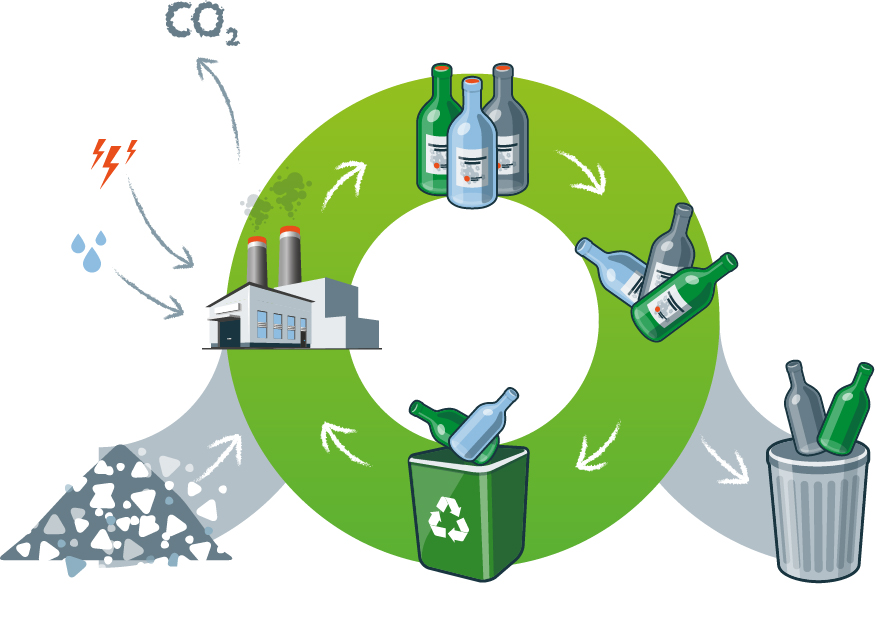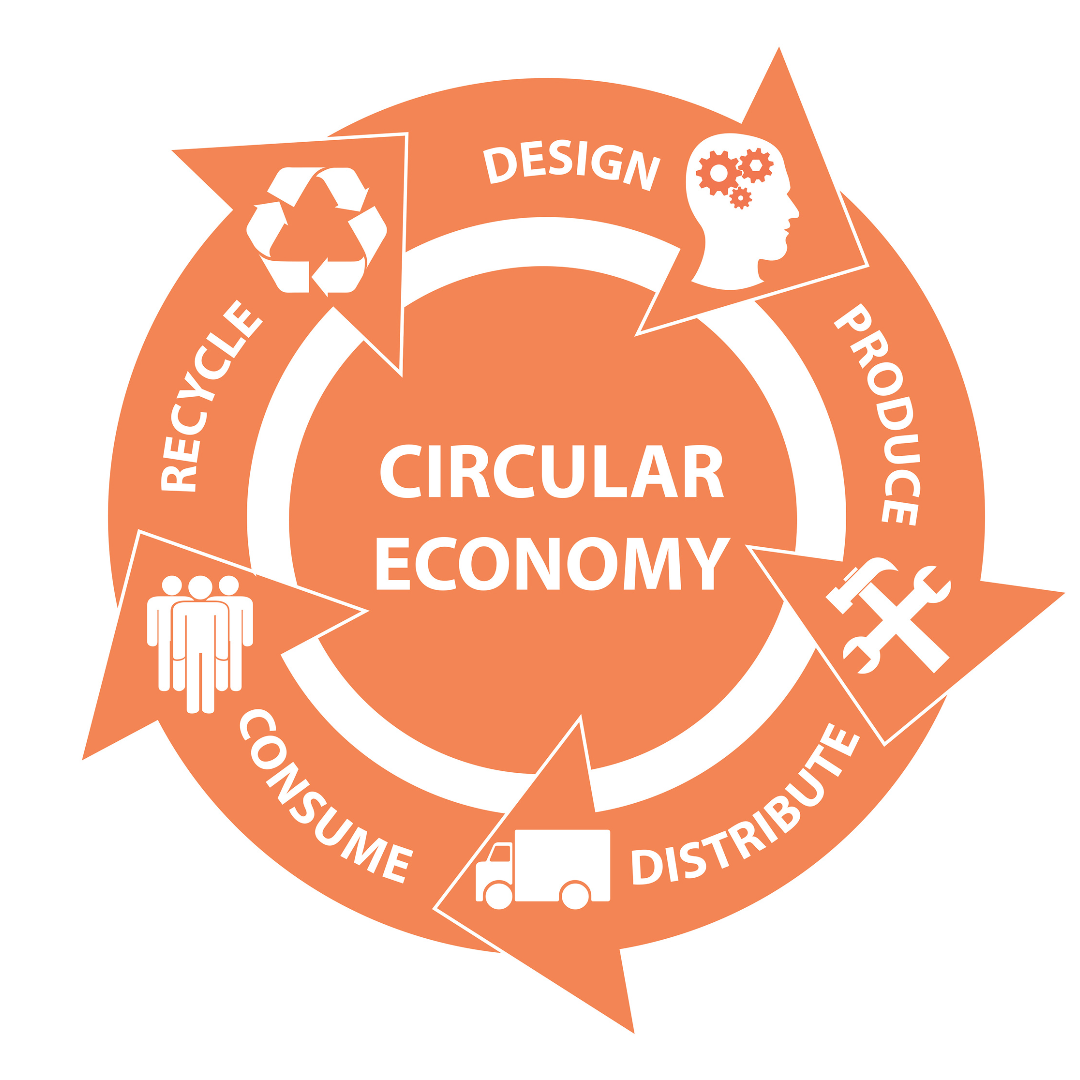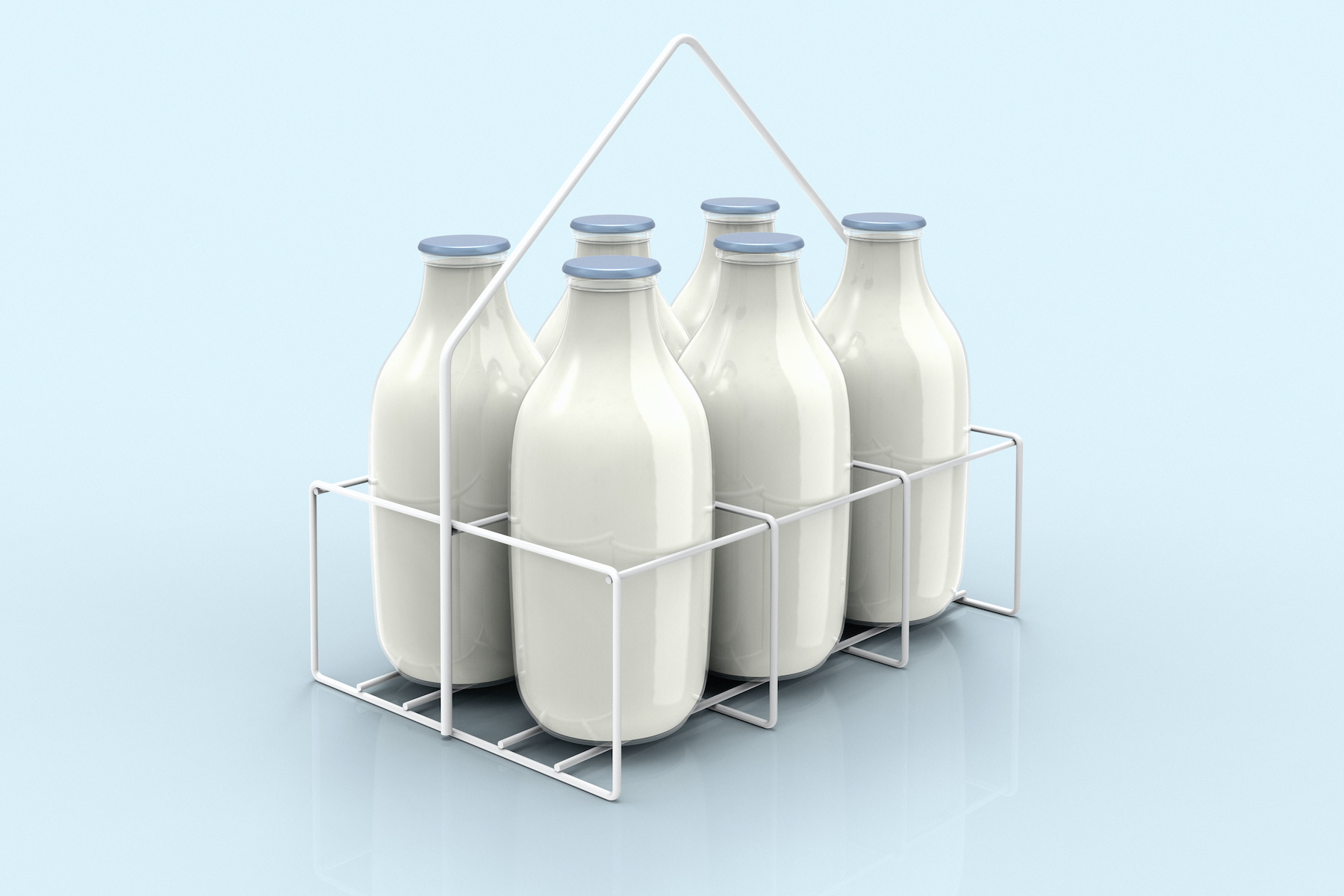Sustainability is moving up the priority list of factors influencing product development, but consumer desires and business trends don’t always correlate with the best sustainable design processes or minimize the impact of a product on the environment.
During product development, sustainable design decisions must be informed by evaluating impacts across the life-cycle of the product—not just by intuition. Decisions made to sell an environmental-friendly image to consumers haven’t always resulted in a reduction in environmental impact. For instance, the recent move away from plastic packaging following consumer pressure has in some cases increased the use of alternatives that actually have significantly greater environmental impact than their plastic equivalents through the full life-cycle, such as using glass instead of PET bottles for olive oil.

Thinking Full-Cycle in Product Development
We’ve always been passionate about sustainability, and as we see tech companies being held to a higher standard for making environmentally conscious decisions, we’re investing in helping our clients lead the way in sustainable product development. An increasing number of clients we speak to have sustainability as a product requirement, and it’s steadily appearing higher on their priority lists. By pairing ambitious design thinking which focuses on the full life-cycle of a product with business models that can go beyond minimizing environmental impacts, we can help generate positive change across industries.
One potential approach is adopting the circular economy model, where the goal is to actively improve the environment, not just avoid negative impacts. We’ve seen increasing movement towards this model, such as with grocery delivery company Loop, whose packaging is not only reused to minimize waste and environmental impact, but it’s also designed to give a premium experience to consumers. Seeing a business opportunity in promoting a circular economy, Loop formed circular economy partnerships with more than two dozen of the world’s biggest brands in 2019 and are continuing to expand their service.

This particular example isn’t necessarily a new idea—you don’t need to go back that many years for there to be a ‘milk as a service’ business model, where milk was delivered to your doorstep, often using an electric milk float, in reusable glass containers.
Though our primary goal here is to focus on benefits to the environment, innovation driven by sustainability can also reduce the cost of products and facilitate greater customer engagement with the product and brand. As my colleagues in Cambridge are discovering, there will likely be a financial incentive in the near future as carbon pricing becomes a more significant factor.

Integrating Sustainable Design into Product Development
Critical to sustainable design is the integration of sustainability into the product development process, and rigorous systems engineering to realize the ambition. This will involve:
- Including sustainability requirements in the development of product requirements
- Evaluating the full product life-cycle early in the system definition, including end-of-life consideration and how this is reflected in user stories
- Early evaluation of concepts against sustainability criteria, utilizing appropriate LCA tools to quantify the concept performance
- Identifying and evaluating manufacturing partners and their influence on the impact of the product through its full life cycle
- Considering the environmental impacts of packaging and distribution of products and working to minimize this
By integrating these considerations into the design process, there is the opportunity to significantly improve the next generation of products. I’m optimistic about what the future holds, and believe innovative solutions to sustainability challenges will change the way we think about product design & development.
